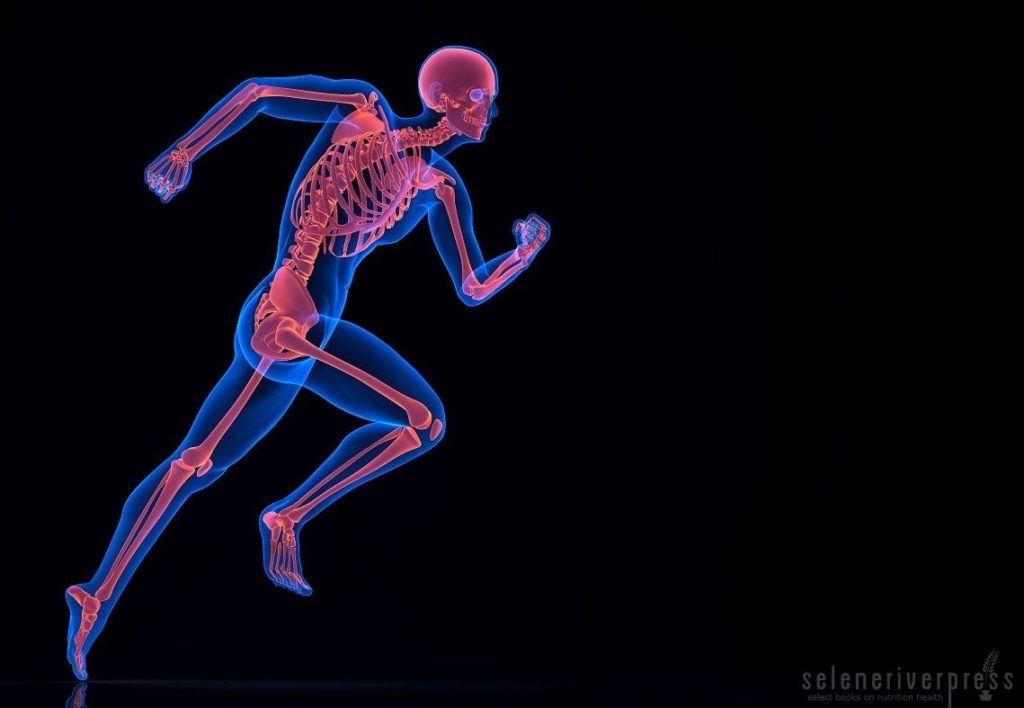Welcome to “The Royal Principles of Health,” written by Dr. Michael Dority and presented by Selene River Press. This fascinating series is based on the 33 principles of chiropractic identified by R.W. Stephenson, DC, PhC, in his 1927 classic Chiropractic Textbook. Dr. Dority calls these the “Royal Principles of Health” and invites you to learn how these foundational tenets illustrate the forces of universal intelligence that guide and determine our existence.
What Is the Function of Matter?
Royal Principle #13 states: “The function of matter is to express force.”
This principle concerns the ordained function of matter. Through our body of human matter we are able to express force. We can see these forces at work 24/7. In the morning we come to life with the alarm. We throw back the covers, perhaps declaring, “Oh my back (or neck, or knees, or something else) is killing me.” We force ourselves to get out of bed. We make the coffee, go to the bathroom, read the paper or watch the news. We wonder if the weather will be good or bad, causing a force of emotion as we think of what to wear. We say good morning to our spouse and tell them how great they look today. Or maybe we say the wrong thing.
There are always forces to deal with, both physical and emotional. “Feel good” nerve inputs generate a release of positive neuropeptides. Good news expresses good physiology in our body, just as negative news or ill-spoken words (or anger because you ran out of coffee), release a barrage of “feel bad” nerve inputs, neuropeptides that negatively affect the physiology in our body.
Our nervous system must interpret all that goes on around us and inside us, physically, emotionally, and biochemically. These nerve pathways travel from our brain cells to our body cells, to and fro through our spines. So the function of our body (matter) is to express movement of life (force). Malfunction of the spine in its movement or lack of movement, as well as altered position (subluxation), negatively influence the life force. A body lying in the morgue will not get up in the morning to make a cup of coffee. It has no force of Life.
The human body is designed to express strength and efficiency in all of its physical, biochemical, and emotional dimensions. Our all-knowing creator understands these concepts—and so did a man by the name of Georg Hermann von Meyer (1815–1892), an anatomist who ran in the same circles as the famous structural engineer and mathematician Carl Culmann (1821–1881). The work of these two visionaries caught the attention of Julius Wolff (1836–1902), known for Wolff’s law (which is rooted in the trajectorial hypothesis of bone adaptation, but more on that later). Another contemporary of these renowned figures was Gustave Eiffel (1832–1923), famed for the tower that bears his name.
In chiropractic college, our class once gathered in the X-ray room of the spinal biophysics laboratory. Our teacher passed a model of the Eiffel Tower around the class for a lesson on how the bone structure of the pelvis, strong yet light, is designed to both support us and to allow movement. Our teacher passed a model of the Eiffel Tower around the class. You could see its intricate design of small steel braces riveted to the major steel framework extended to the very top. Our teacher explained the tower was designed by Gustave Eiffel, a French engineer, and constructed for the 1889 world’s fair in Paris. Eiffel’s design showcased steel, which was at the time a new construction material. It was strong and stable, yet without the weight of stone.
Eiffel’s design was inspired by an unusual yet natural source: the human body. So who better to consult with than von Meyer, the renowned human anatomist and author of Textbook on the Physiological Anatomy of the Human Being and Statics and Mechanics of the Human Skeleton? (I wonder if he wanted to be a chiropractor?)
Eiffel designed the tower the same way the creator designed the human pelvis and legs, with the towering spine extending upward. The four arched legs of the tower are angled to the same degree as the femoral head is aligned to the pelvis. The steel braces connected to the main framework are composed in an intricate triangular patter, just as von Meyer explained to Eiffel how the trabecular pattern seen in bone is similarly light, strong, and triangular. In fact, an excellent example of Wolff’s law is the trabecular pattern of the femur.
In our body the trabeculae are made up of a protein matrix called collagen, which is composed of three strands of protein fibers formed in triangular helices. This gives the protein strands the tensile strength of steel—just like Eiffel’s tower. Collagen is the most abundant protein in the body and is made from the amino acid glycine. Though it is the simplest amino acid, glycine is also necessary for the nervous system to transmit the signals of Life Force through our body by way of our nerves.
The Eiffel Tower is considered a work of art, a marvel of human engineering. Our “towering human body” is an even greater work of art. It is a marvel of our designer, of His handywork of engineering. We are alive. A moving, thinking, and feeling towering work of art.

The structure of the Eiffel Tower needs daily maintenance, and so does our “towering human body.” Made up of our boney skeleton and cartilage, the body is a living matrix, always regenerating and repairing itself by the minute. Remember the glycine. And remember that all of these amazing reactions are controlled and coordinated by the brain and body communicating to each other over our nerves and through our spines.
For the bone matrix to be strong and light, protein is essential. Healthy, natural protein from meat and eggs, as well fruits and veggies with their collagens, provides us with these building blocks. Collagen is the most abundant protein in our body, and we can support it with nutritional supplementation from Standard Process:
- Calcifood (6 per day): Helps build the structural matrix of collagen and bone. Calcifood ensures your bones and collagen get the raw protein building materials they need to be as strong as steel.
- Protefood (3 per day): Contains the eight essential amino acids required for the proper formation of amino acid and protein in our body, helping to support strong and healthy tissue development.
- Cataplex C (6 per day): The vitamin C complex is essential for protecting our body’s endothelial (inner lining) of lymph and blood vessels. It is the protector of our connective tissue, bones, ligaments, and cartilage. More vitamin C is carried in our leukocytes than in any other cell, offering protection to our “towering human body.” Cataplex C provides all of these essential factors.
Let us be like Gustave Eiffel and go to the sources of natural health. Visit your doctor of chiropractic or nutritionist and build a lasting legacy of health.
Some things to think about:
- We ask to receive. Ask our patients, “How can I help you today?”
- A tough answer! See this as an opportunity to create a tower of health opportunities in their lives.
- A tough answer! I may not know all the answers, but I know there are answers. Ask of others and receive.
“Do not the laws of natural forces always conform to the secret laws of harmony?”
—Gustave Eiffel
Images from iStock/Kirillm (main), Deagreez (post).


